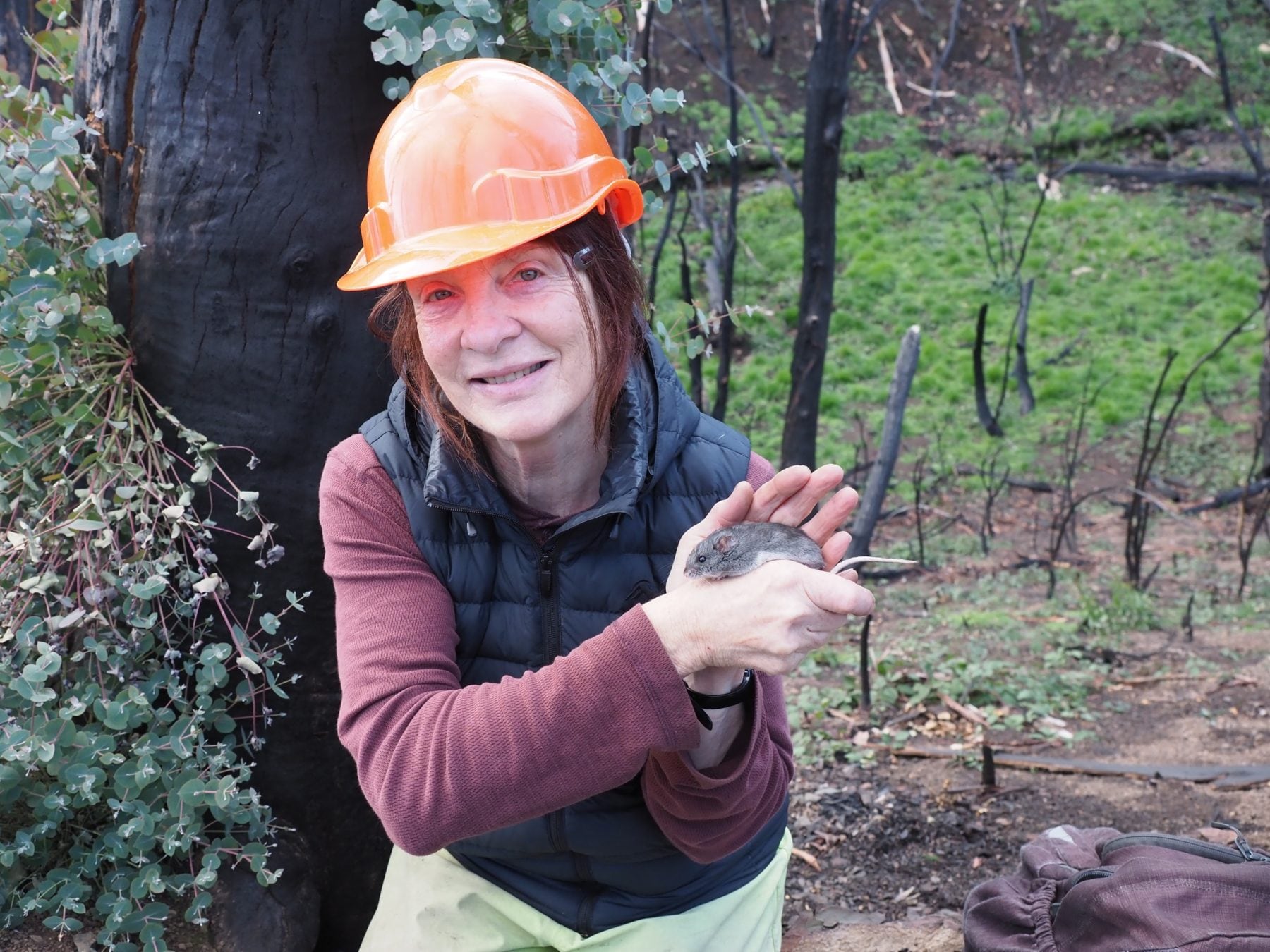Smoky mouse miraculously survives bushfires, found in Kosciuszko National Park

FEARED TO BE wiped out following the bushfires, the critically endangered smoky mouse has miraculously survived.
The NSW Office of Environment set up 58 motion-sensor cameras in Kosciuszko National Park and in the last five weeks has spotted the smoky mouse at seven different sites.
In NSW, the species is known to exist at only two locations – the Nullica area on the far south coast and in Kosciuszko NP.
It was feared that the mouse had been wiped out by the Dunn’s Road fire, which blazed 20km west of the ACT border.
“We are relieved and delighted by this news because we feared the worst for this tiny, 50g native given the severity of the fire, as more than 90 per cent of their habitat was burnt,” NSW Environment Minister Matt Kean said.
“After such a confronting and challenging start to the year, it was a very happy moment to know a native animal already threatened with extinction has survived.”
Over the next 12 months the NSW government-run Saving Our Species (SOS) program will monitor areas in Kosciuszko NP to gain a better understanding of the surviving smoky mouse population.
Linda Broome, a smoky mouse expert and the threatened species officer at the Department of Planning, Industry and the Environment said in order to repopulate the area, mice from an early breeding program will be released.

“To help bolster its population, the SOS program also established Australia’s only captive-breeding program for the smoky mouse in 2016 with 47 mice bred to maturity so far,” says Linda.
“Future plans are to reintroduce the mice back to the wild to boost the Nullica population, which has been dwindling because of predation by feral cats.
“Breeding happens in spring with one or two litters producing up to four young, so we are hoping to have more good news for this unique little mouse.”






